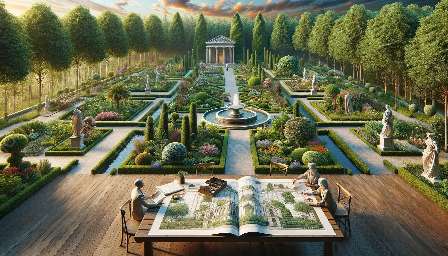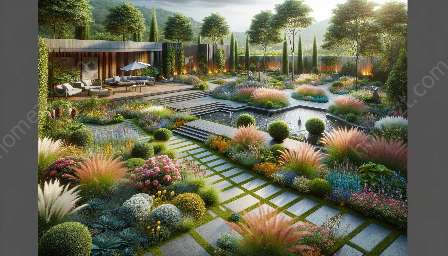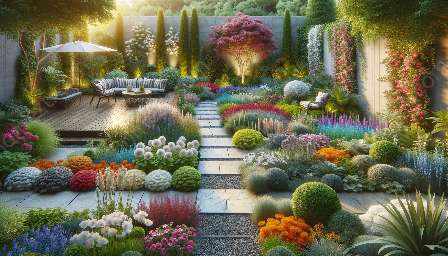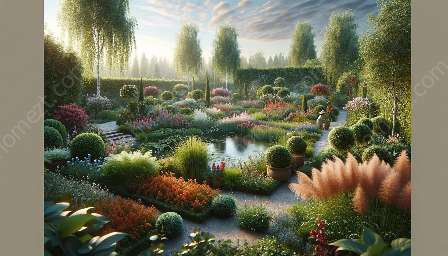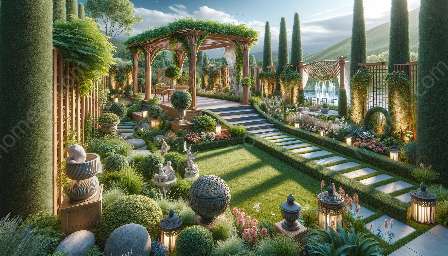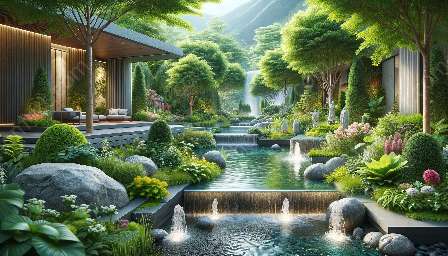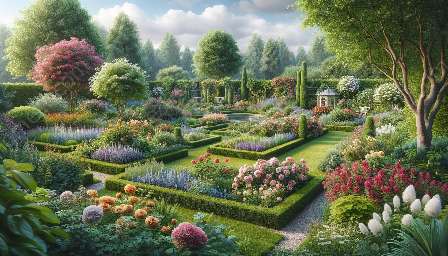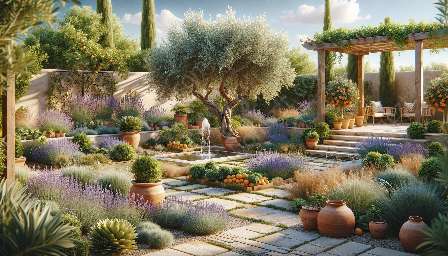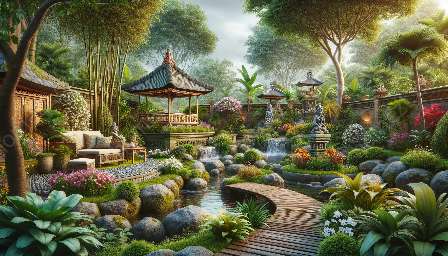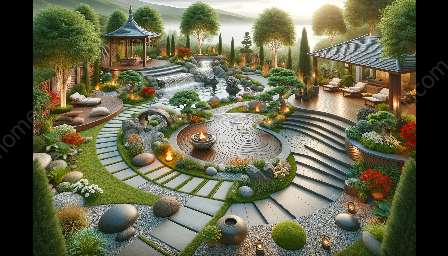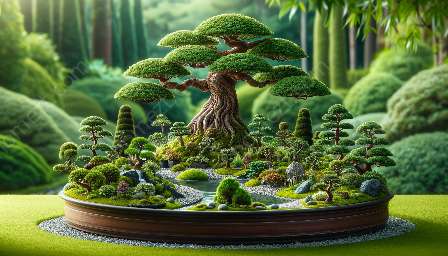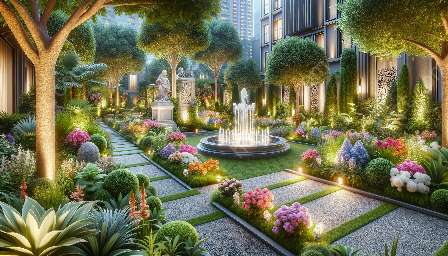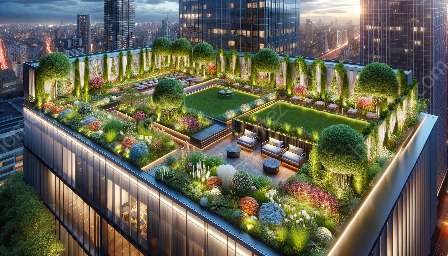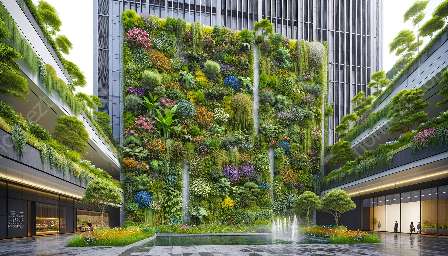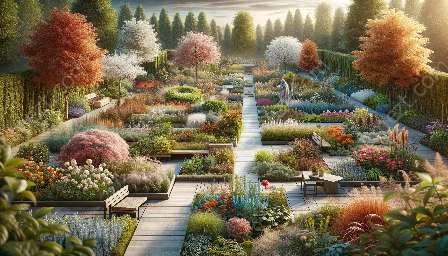When it comes to planning a garden, color schemes play a crucial role in creating a visually appealing and harmonious outdoor space. In this comprehensive guide, we will delve into the art of color schemes in garden planning, exploring how it aligns with garden aesthetics and aesthetics planning.
Understanding Color Theory in Garden Design
Color theory forms the foundation of garden planning, as it revolves around the principles of how different colors interact with each other. Colors can evoke various emotions and set the mood of a garden, making it essential to understand the basics of color theory.
The Role of Color Schemes
Color schemes, consisting of combinations of colors, are used to create a sense of harmony and balance in a garden. By carefully selecting and arranging colors, gardeners can achieve a cohesive and visually appealing composition that enhances the overall aesthetics of the garden. There are various types of color schemes, such as monochromatic, analogous, complementary, and triadic, each offering unique benefits when applied to garden design.
Harmonizing with Garden Aesthetics
When integrating color schemes into garden planning, it's crucial to consider the existing aesthetics of the garden. The color palette should complement the overall design, architecture, and landscaping elements, ensuring a seamless integration of colors that enhances the natural beauty of the space. By harmonizing with garden aesthetics, color schemes can elevate the visual impact of the garden while preserving its unique charm.
Utilizing Aesthetics Planning
Aesthetics planning focuses on the overall visual appeal and beauty of a garden, encompassing elements such as balance, proportion, and harmony. Color schemes play a significant role in aesthetics planning, as they contribute to the coherence and attractiveness of the outdoor environment. By strategically incorporating color schemes, gardeners can enhance the aesthetic value of the garden, creating a captivating and inviting atmosphere for residents and visitors alike.
Practical Application of Color Schemes
When planning a garden's color scheme, it's essential to consider factors such as the seasonality of plants, the surrounding environment, and the desired ambience. For example, warm color schemes comprising vibrant reds, oranges, and yellows can evoke a sense of energy and warmth, ideal for creating an inviting atmosphere in social spaces. In contrast, cool color schemes featuring serene blues, greens, and purples can impart a calming and tranquil ambiance, suitable for quiet relaxation areas.
Creating Focal Points and Transitions
Effective color schemes can be used to establish focal points and guide transitions within the garden. By strategically incorporating bold or contrasting colors, gardeners can draw attention to specific features, such as blooming flower beds, ornamental structures, or water features. Additionally, color transitions can be utilized to create visual flow and rhythm within the garden, guiding the observer's gaze through different areas and creating a cohesive sensory experience.
Conclusion
Color schemes in garden planning are a fundamental aspect of creating visually stunning and harmonious outdoor spaces. By understanding color theory, harmonizing with garden aesthetics, and utilizing aesthetics planning, gardeners can artfully integrate color schemes to enhance the overall beauty and appeal of their gardens. Whether creating vibrant, lively spaces or serene, contemplative retreats, the artful application of color schemes can transform any garden into a captivating and aesthetically pleasing sanctuary.

